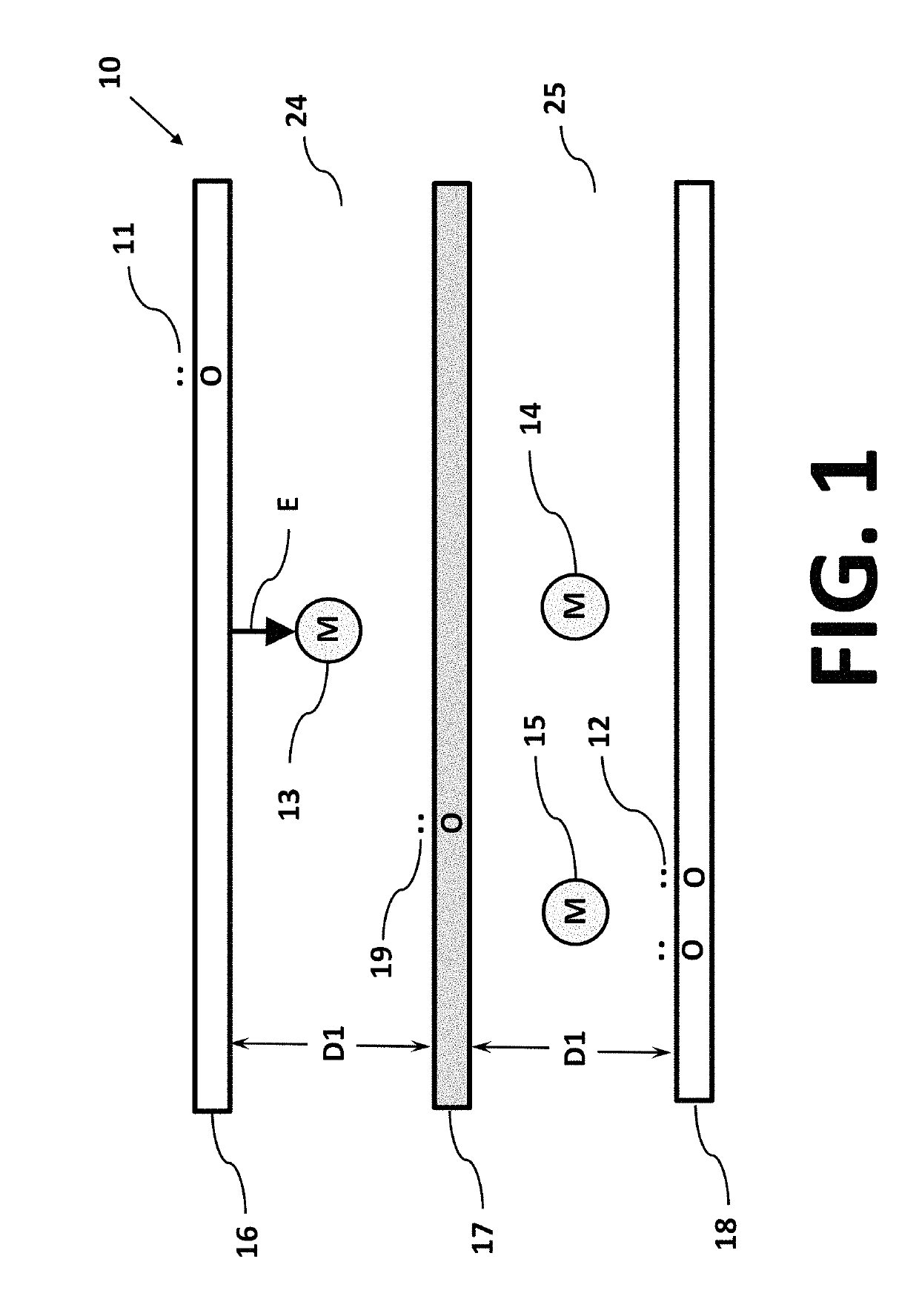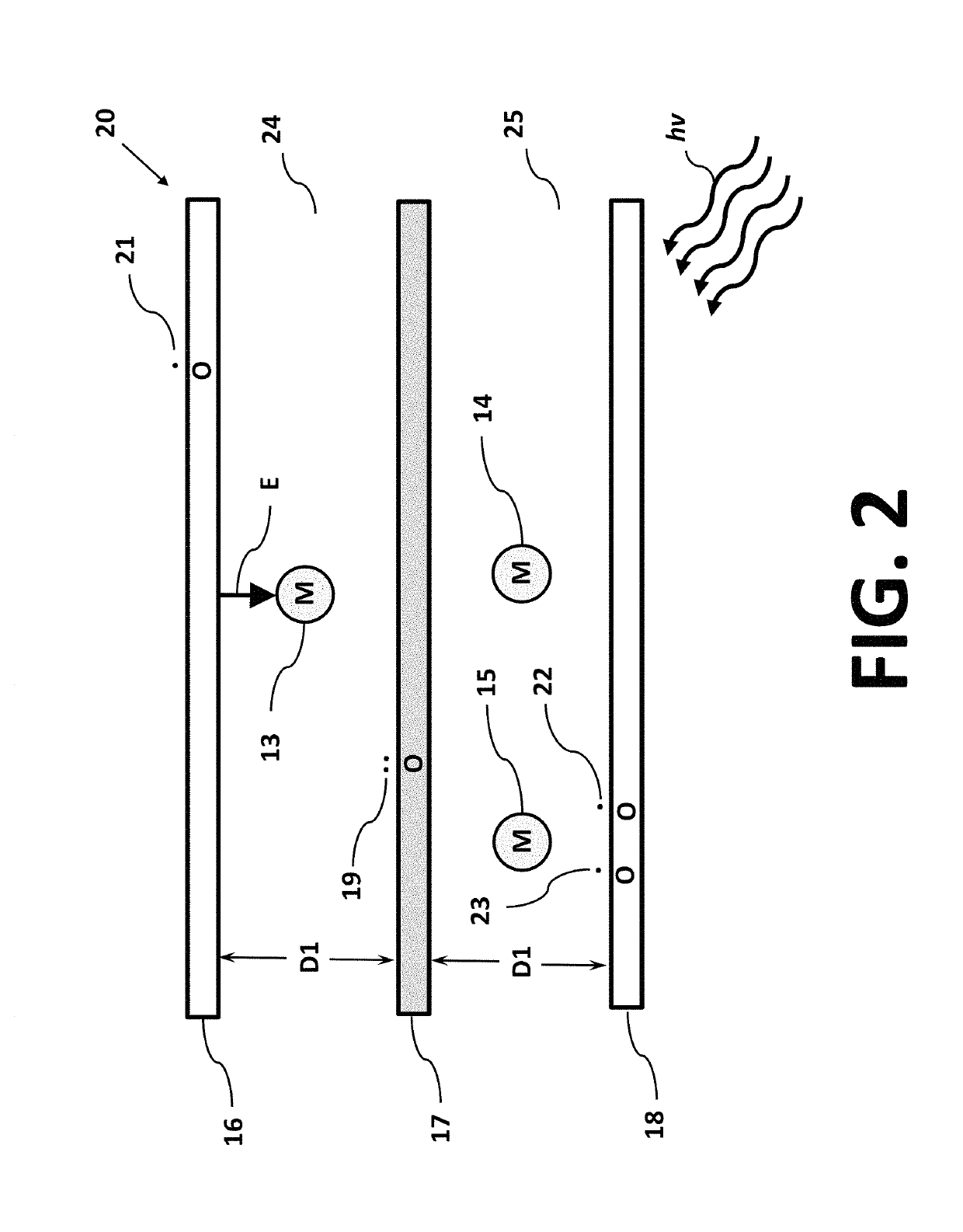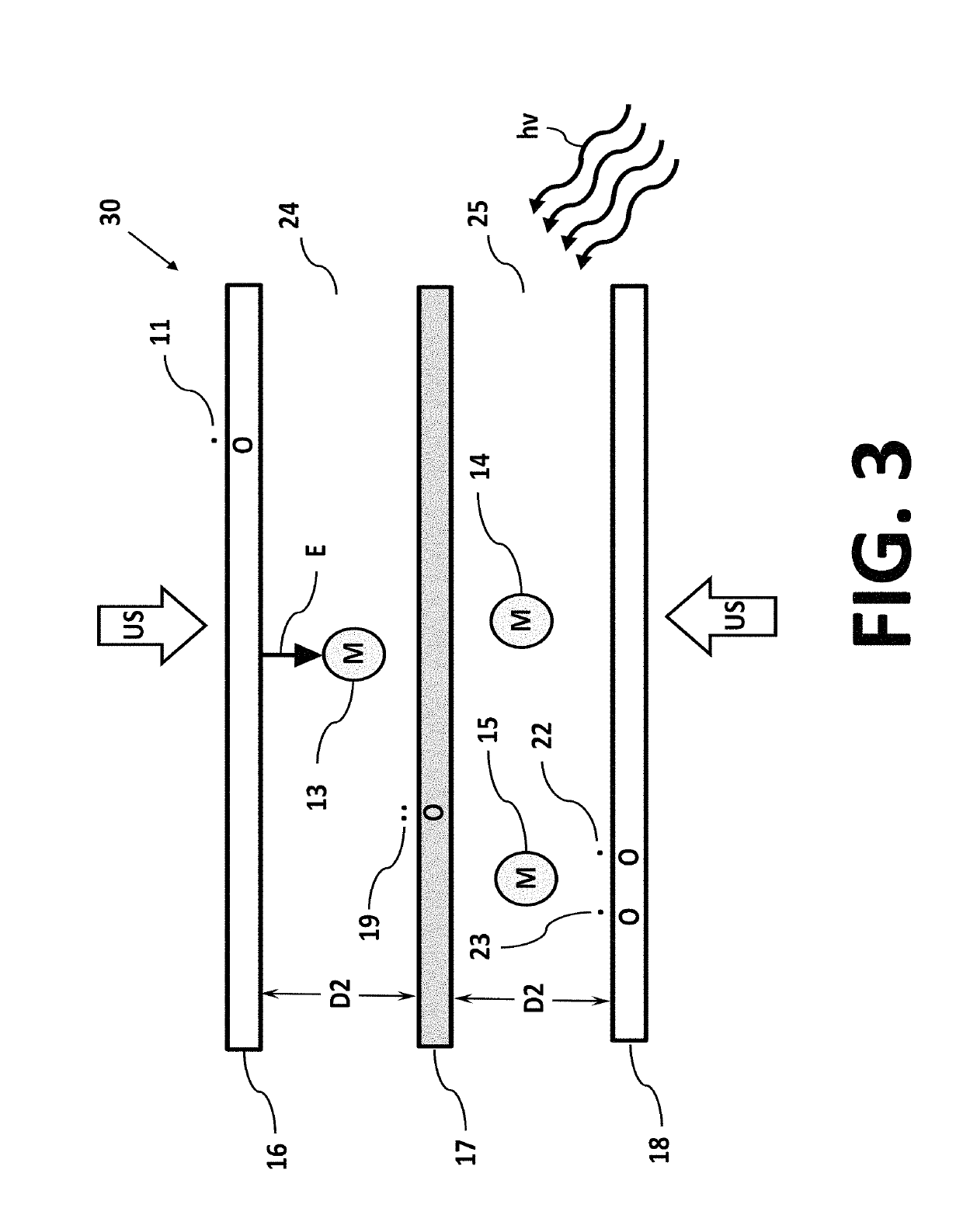Atomic forcipes and nuclear magnetic isotope separation method and apparatus
a technology of isotope separation and nuclear magnetic field, applied in the direction of separation process, magnetic variable regulation, measurement using nmr, etc., can solve the problems of slow filter effect, high processing cost, and high economic and energy cost of processing, and achieve the effect of improving the chemical reaction ra
- Summary
- Abstract
- Description
- Claims
- Application Information
AI Technical Summary
Benefits of technology
Problems solved by technology
Method used
Image
Examples
Embodiment Construction
[0059]The present embodiments provide apparatus and methods for effectively managing the concentration of all types of nuclear magnetic isotopes. Management of selected nuclear magnetic isotopes can be used to separate, for example and without limitation, tritium and deuterium from hydrogen. Management of selected nuclear magnetic isotopes can be useful for medical imaging, and for molecular synthesis of nuclear-magnetic drugs which may be used, for example, in regulating heart tissue energy supply for stroke mitigation. Management of selected nuclear magnetic isotopes also can supply those isotopes used in a range of diverse drug therapies, including cancer cell antibodies. Barriers to the application of nuclear-magnetic drugs includes the cost of isotope purification and the energy-intensive purification processes, which barriers have been presently surmounted.
[0060]The overarching improvement in magnetic separation of isotopes is the development of a new type of isotope separatio...
PUM
| Property | Measurement | Unit |
|---|---|---|
| frequency | aaaaa | aaaaa |
| transparency | aaaaa | aaaaa |
| particle size | aaaaa | aaaaa |
Abstract
Description
Claims
Application Information
 Login to View More
Login to View More - R&D
- Intellectual Property
- Life Sciences
- Materials
- Tech Scout
- Unparalleled Data Quality
- Higher Quality Content
- 60% Fewer Hallucinations
Browse by: Latest US Patents, China's latest patents, Technical Efficacy Thesaurus, Application Domain, Technology Topic, Popular Technical Reports.
© 2025 PatSnap. All rights reserved.Legal|Privacy policy|Modern Slavery Act Transparency Statement|Sitemap|About US| Contact US: help@patsnap.com



